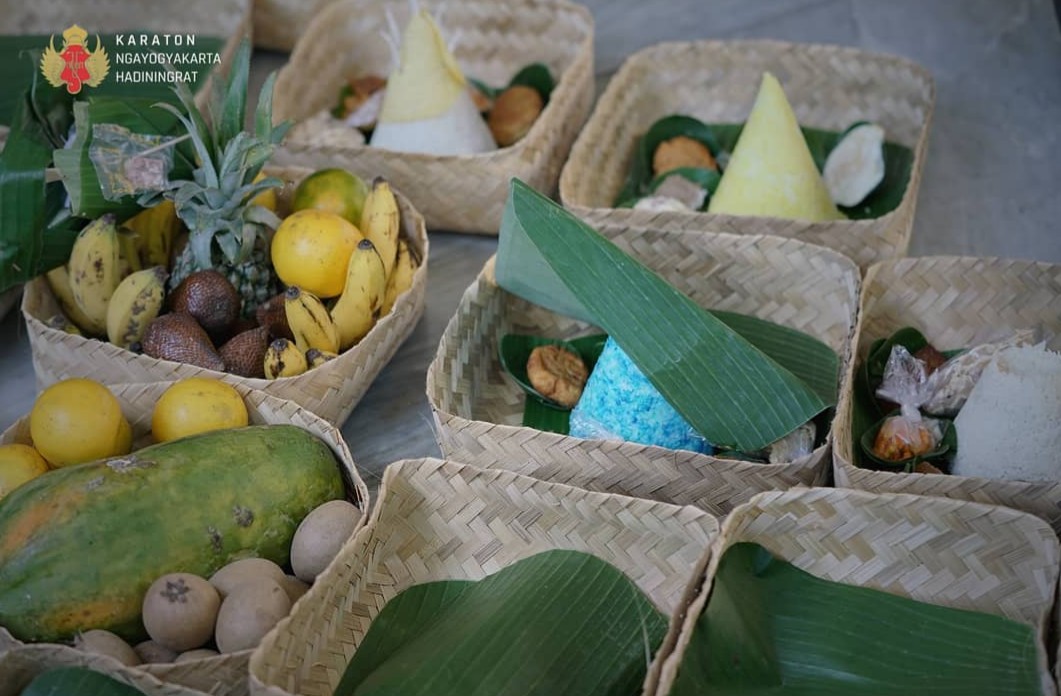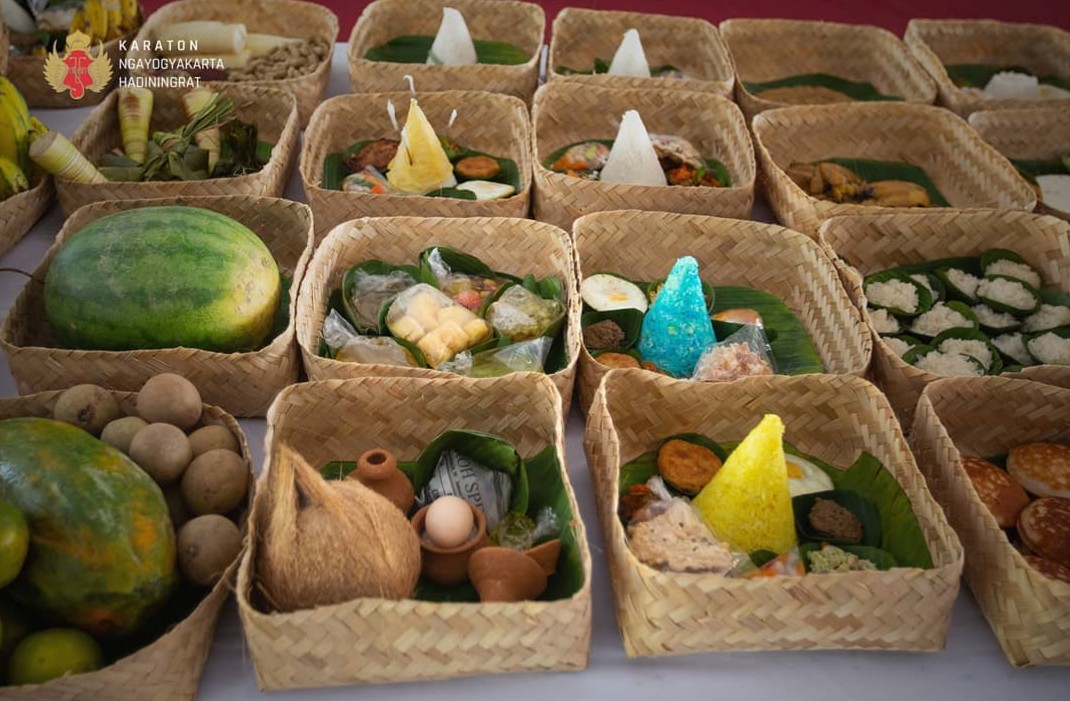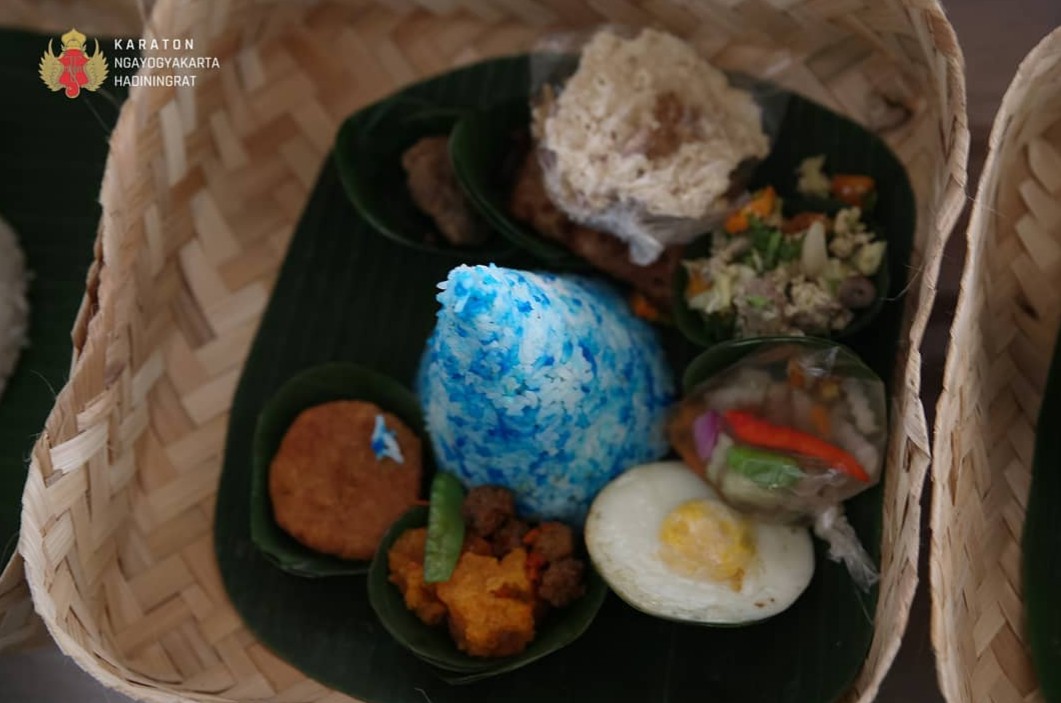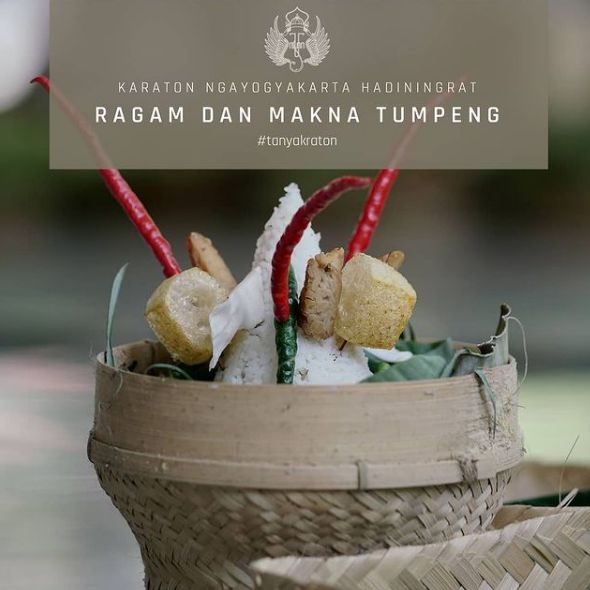Tumpeng is inextricably linked to Javanese culture. Tumpeng is a culinary treasure in the Yogyakarta Palace, with numerous varieties, functions, and philosophies. As is typical in society, the tumpeng in the palace has a basic form of rice that is shaped into a cone using a steamer or mold. The word “tumpeng” is an acronym for “tumapaking penguripan-tumindak plate-tumuju Pangeran,” meaning that humans must follow God Almighty’s path. The serving of tumpeng represents a request for God’s protection, salvation, and blessing for all life’s purposes.

There are no less than 17 different types of tumpeng served at the Yogyakarta Palace at any given time. The names, shapes, and classes also differ depending on how they are made, side dishes, how they are served, and other complementary ingredients.

There is a tumpeng in the palace that is not white and yellow, as is customary in the community. Tumpeng Biru, also known as Tumpeng Kapuranto, is made of white rice dyed blue with food coloring. Tumpeng is typically presented as a symbol or medium of apology from the maker to the recipient.
There is also a Tumpeng monco warno, which means “various colors.” The palace’s pawon (kitchen) typically prepares relatively small Tumpeng in seven colors: red, blue, green, brown, and black. This Tumpeng is served on an ancak, a square container made of banana leaf stalks and bamboo pieces representing various wishes coming true. At the Sugengan Ageng ceremony, Tumpeng Kapuranto is served alongside other types of Tumpeng. Tumpeng monco warno, also known as Sugengan Patuh, is made for regular events, such as every Wage Thursday and Wage Monday.





